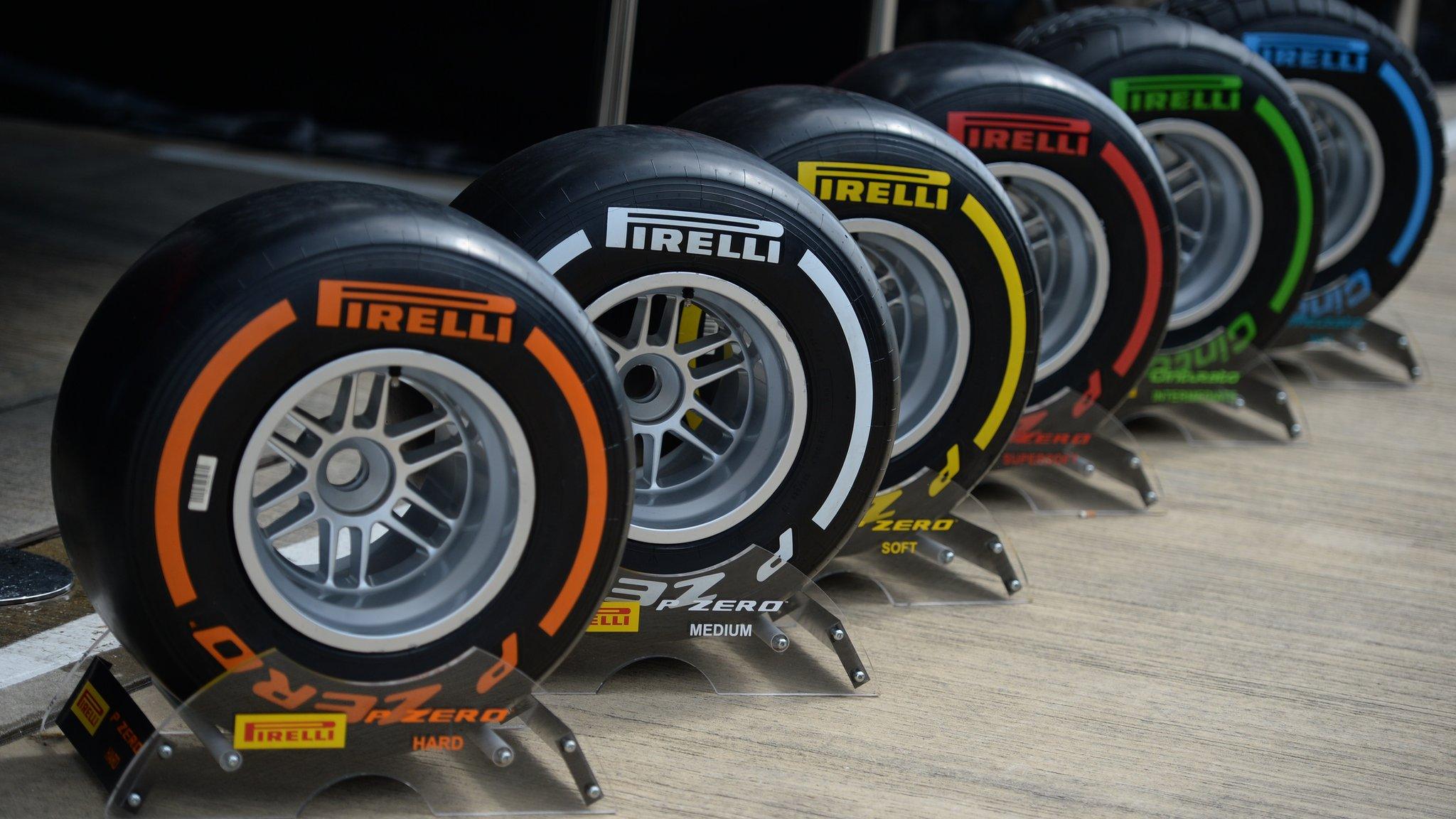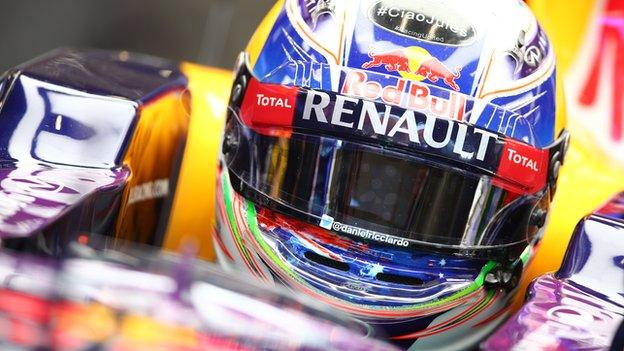Head protection: Formula 1 agrees to bring in 'halo' for 2017
- Published

Cockpit head protection will be introduced into Formula 1 in 2017, the sport's bosses agreed on Tuesday.
A meeting of the rule-making F1 Commission approved plans to adopt a structure to protect drivers from debris, sources at governing body the FIA said.
A new elimination-style qualifying format, with the slowest drivers knocked out in succession, could also be introduced this year.
Details have not been released.
A deadline for rules to make faster cars in 2017 has been delayed until 30 April.
All the changes still need to be rubber-stamped by the final step of the legislative process, the FIA World Council.
Hello to the 'halo'
The FIA told teams earlier this month that it wanted to introduce a device called a 'halo',, external which is designed to guard against impacts from large airborne debris.
This came after the Grand Prix Drivers' Association made it clear it felt that it was time for the 'halo' to be introduced after years of research.
The 'halo' has been deemed the best compromise in terms of increasing safety with the fewest side-effects, such as compromised vision or extrication in the event of an accident.
Teams have been analysing how to incorporate the device into a car's design. It will be a standard part, with all terms using the same design.
The device features two arms protruding from behind the cockpit, forming an elliptical shape above the driver's head and supported by a narrow forward strut.
The halo is unlikely to have prevented the injuries suffered by Frenchman Jules Bianchi, who died last July,, external nine months after his Marussia collided with a recovery vehicle during the 2014 Japanese Grand Prix.
But it might stop incidents such as the one that killed English IndyCar driver Justin Wilson last August. He was struck by debris, external from an earlier crash.

Ayrton Senna was killed at Imola in 1994 when a suspension arm detached and pierced his helmet during a crash
Qualifying
The idea to change the format of qualifying came from the FIA in an attempt to increase unpredictability at a time when it is felt the teams are so effective at eliminating variables that race weekends can become too formulaic.
It was approved in principle, with the intention of introducing it this year, but the teams have gone away to analyse the potential effects.
It is intended a definitive decision will be made within the next week or so.
The other new rules
F1 bosses have been working for a year on making the cars faster and more dramatic-looking for 2017, in a bid to arrest what is perceived to be waning interest in the sport.
But agreeing the detail of the rules has proved problematic.
However, an FIA source said that the bodywork dimensions for 2017 had been agreed after months of discussions over the degree to which the cars should be speeded up.
Bosses had been working to a deadline of the end of February, after which any change would need unanimous agreement - as dictated by the regulations.
However it was agreed to extend for a further two months the date by which only majority support is needed.
There was also an agreement on rules governing the price and supply of customer engines.
There was no further detail on the plans on Tuesday night - a statement is expected from the FIA on Wednesday morning.
More on head safety in F1 |
|---|
For the latest news and analysis, follow @bbcf1, external on Twitter |
- Published3 February 2016

- Published25 January 2016

- Published23 February 2016

- Published28 February 2016

- Published23 February 2016

- Published18 December 2015

- Published2 November 2018

- Published26 February 2019
